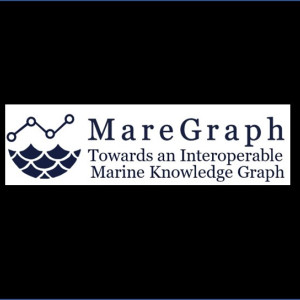 \
&
Contact us
\
&
Contact us
 \
&
Contact us
\
&
Contact us
This was 1 year ago
LocationOnline
ProgrammesThe European Cancer Imaging Initiative aims to promote innovation in digital technologies, including Artificial Intelligence, to advance in the fight against cancer. The cornerstone of the initiative is the Cancer Image Europe Infrastructure developed by the Digital Europe project EUCAIM. The platform will make large amounts of cancer images available to European researchers, innovators and clinicians in a privacy-preserving setting, opening the door to the next generation of cancer diagnostics and treatment.
This CONNECT University session will present the Initiative’s milestones and achievements, and delve into EUCAIM’s infrastructure from multiple perspectives. The session will also explore Cancer Image Europe’s approach in working with sensitive health data, as well as current uptake, trends and future horizons for AI-based imaging solutions in cancer.
For more information on the event, the agenda and the connection link please visit the event website.
We offer news and event updates, covering all domains and topics of Horizon Europe, Digital Europe & EDF (and occasionally, for ongoing projects, Horizon 2020).
Stay informed about what matters to you.
By signing up, you can opt in for e-mail notifications and get access to
a personalised dashboard that groups all news updates and event announcements in your domain(s).
Only for stakeholders located in Flanders

The MareGraph project, ‘Towards an Interoperable Marine Knowledge Graph’, obtained funding under the Digital Europe topic ‘OPEN-AI – Public Sector Open Data for AI and Open Data Platform’. The project will increase the semantic, technical, and legal interoperability of three selected high-valued datasets (HVDs) all maintained by the Flanders Marine Institute (VLIZ), which is one of the four partners of the project. This will allow the onboarding of essential marine datasets in the Common European Data Spaces. As such MareGraph will provide a structural component in the digital transition of the marine landscape. The numerous impacts of the project will benefit our seas globally in old and new ways to come.